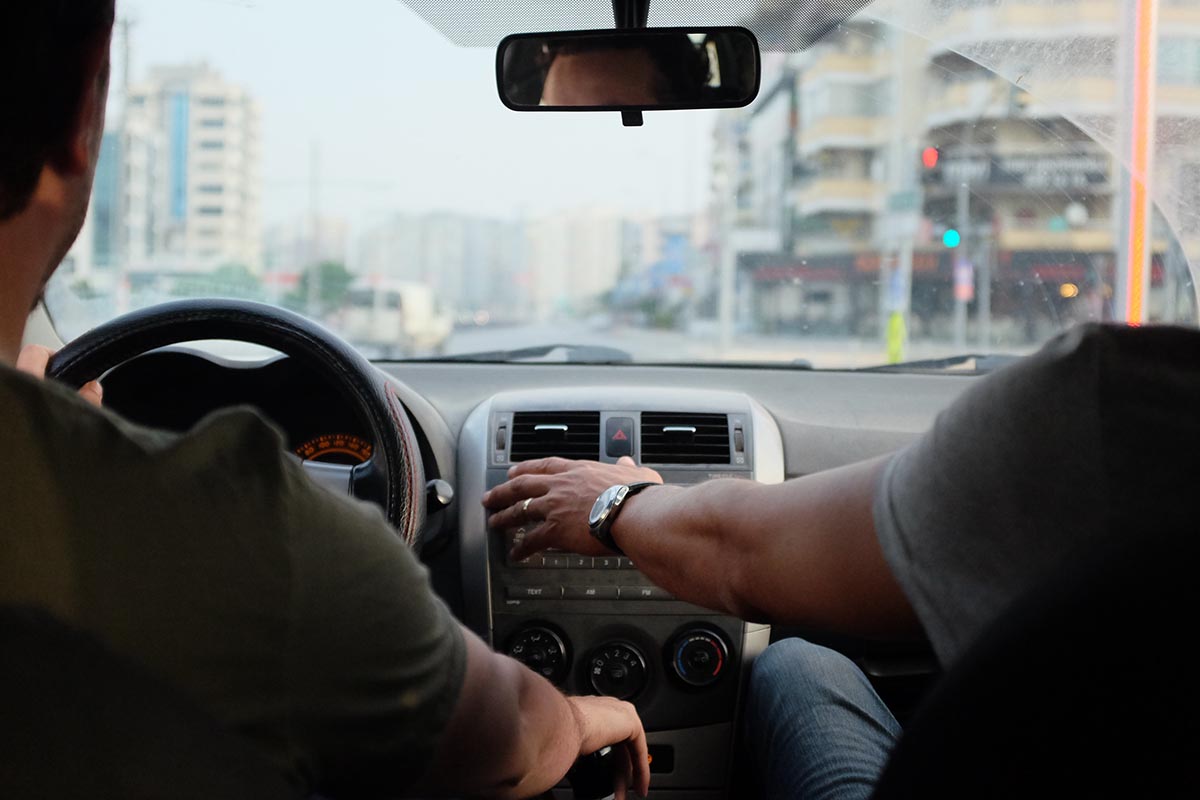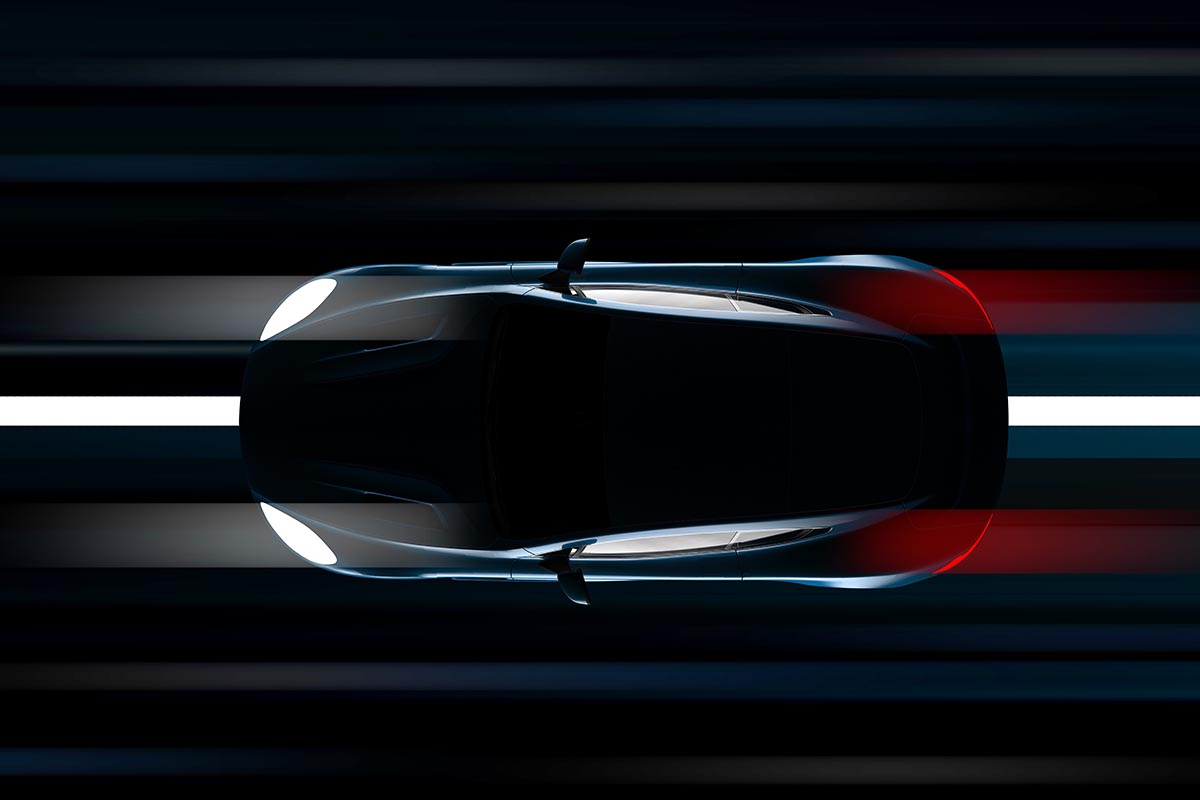Whether you’ve ever noticed it or not, driving in daylight can make a difference regarding safety and visibility on the road. But did you know that more than being able to see better makes daytime driving more advantageous?
Daylight affects drivers in many ways, from providing a better sense of direction to making vehicles easier to stop. In this blog post, we’ll explain how daylight helps us while behind the wheel and why factors such as weather and terrain still need to be considered for safe driving habits.
How does daylight affect driving a vehicle: understand how our eyes adjust to different levels of light
Our eyes are remarkable organs that allow us to see the world in stunning detail. But have you ever wondered how they adjust to different levels of light?
Our eyes have an incredible ability to adapt to changing light conditions, whether we’re in a dimly lit room or out in bright sunlight. This is all thanks to a complex network of cells in our eyes that work together to regulate the amount of light that enters.
When we step outside into bright light, for instance, our pupils will naturally constrict to reduce the amount of light that enters our eyes, protecting our sensitive retinas from damage. On the other hand, in low light conditions, our pupils will dilate, allowing more light to enter and improving our ability to see in the dark.
Driving in daylight conditions allows us to take full advantage of this natural adjustment process, and it’s one of the many ways that daylight can make a difference when we’re behind the wheel.
Find a guide to safe driving online and start familiarizing yourself with the basics. This can help you understand the components that make up a safe driving experience and any relevant laws in your area.
Learn how brightness and contrast affect what we can see in the daylight 
The brightness and contrast of our environment are two of the most significant factors that dictate how much we’re able to see in daylight. Imagine driving through a dark tunnel, for example.
Because of the low light levels in the tunnel, you may not be able to see much ahead or behind you. This is why it’s important to keep an eye on your headlights and keep a safe distance between yourself and other drivers when driving in lower-light conditions.
On the other hand, when we drive in daylight, our eyes can better take advantage of the increased brightness and contrast that comes with it. This makes it easier for us to pick out details on the road, such as potential hazards like animals or debris, which is essential for driving safely and avoiding any potential accidents.
The common risks associated with driving in low-light conditions
When driving in low-light conditions, there are several risks that come into play. Reduced visibility is perhaps the most obvious risk, as it becomes harder to see other vehicles, pedestrians, or obstacles on the road. Glare from headlights or streetlights can also create visual disturbances that make it harder to focus on the road.
Depth perception can also become impaired, particularly in areas where lighting is uneven or shadows are cast across the road. All of these factors can make driving in low-light conditions a serious safety concern, and it’s important to be aware of the risks in order to stay safe on the road.
Strategies for improving visibility while driving during the day
Driving during the day may seem routine for many, but it can quickly turn dangerous if you’re not cautious. Whether it’s bright sunlight glaring in your eyes or the shadows playing tricks on you, low visibility is a critical issue that needs to be addressed.
One effective strategy to enhance visibility is regularly cleaning your car’s windshield and mirrors. Dirt and grime deposits can interfere with your vision and reduce your ability to spot roadside hazards. Another great tactic is to wear polarized sunglasses that can reduce glare and improve contrast.
You can also adjust your seat height and steering wheel to ensure a better road view. These simple yet practical strategies can make a big difference and keep you safe on the road.
It is clear that the eyes are incredibly complex organs, and their performance can vary greatly depending on the light conditions in which they operate. While adjusting to brighter or dimmer lighting is a relatively quick process, recognizing dangers in low-light driving conditions can be complicated if you aren’t paying attention.
Understanding how brightness and contrast affect what we see in daylight hours and finding ways to improve visibility through the use of various strategies and tools can help drivers recognize hazards on the road more quickly while decreasing risks associated with facial sun damage, eye strain, temporary blindness, and communication issues with other vehicles.
Additionally, investing in sunglasses designed for daytime and nighttime driving can help reduce glare and reflection from other vehicle lights and provide better vision clarity overall. You can ensure a safer ride by considering all these elements when behind the wheel.



















